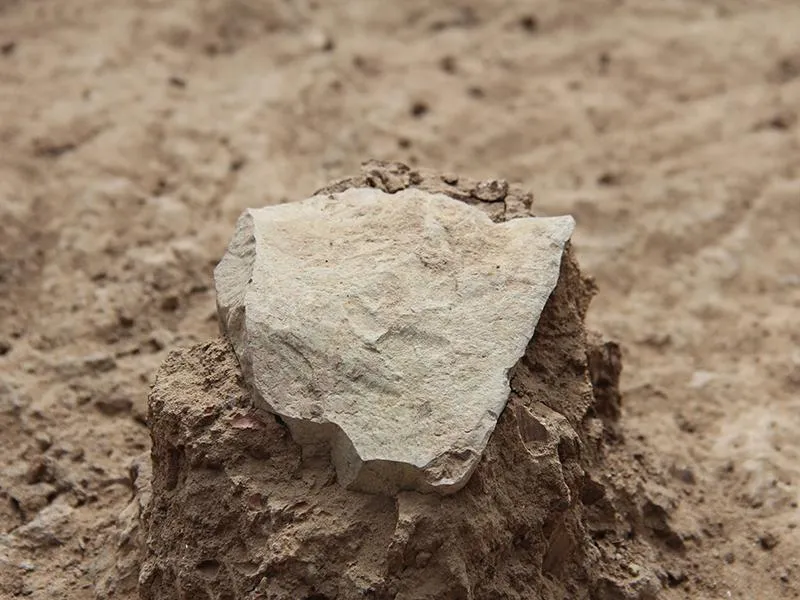The world of antique tools is a fascinating one, full of hidden stories and secrets waiting to be uncovered. One of the most intriguing aspects of these old tools is the marks left by their makers. These marks, known as maker’s marks, can tell us a great deal about the tool’s history, its origin, and even its quality. In this article, we’ll explore vintage tool maker’s marks in depth, uncovering the secrets they hold and what they can teach us about antique tools.
What Are Vintage Tool Maker’s Marks?
Before we dive into the world of vintage tool maker’s marks, let’s first define what they are. Simply put, a maker’s mark is a symbol or stamp that identifies the manufacturer or creator of a particular item. In the case of vintage tools, these marks were often stamped or engraved onto the tool itself by its maker.
These marks can take many forms, from simple initials to intricate designs. Some are easy to identify and decipher, while others require a bit more detective work. Regardless of their form, however, each maker’s mark holds valuable information about the tool it belongs to.
Why Are Maker’s Marks Important?
So why do these little stamps and symbols matter so much? For one thing, they can help us identify the age and origin of an antique tool. By researching the maker associated with a particular mark, we can learn when and where they were in business and what types of tools they produced.
In addition to providing historical context, maker’s marks can also give us insight into the quality and craftsmanship of a tool. A well-respected maker with a reputation for producing high-quality tools may have had a different mark than a less reputable manufacturer.
Finally, these marks add character and charm to antique tools. Each one tells a unique story about its creator and its journey through time.
How to Identify Maker’s Marks
Identifying maker’s marks can be a challenge, especially for those new to the world of antique tools. Here are some tips to help you get started:
– Look for marks on the tool itself, usually on the blade or handle.
– Use a magnifying glass or loupe to examine the mark closely.
– Research the mark online or in reference books to identify the maker.
– Compare the mark to others from the same time period or region.
Examples of Vintage Tool Maker’s Marks
Now that we know what maker’s marks are and why they matter, let’s take a closer look at some examples from different eras and regions.
1. Stanley Tools
Stanley is one of the most well-known names in vintage tools, and their maker’s marks are easily recognizable. The early marks, used from 1858-1869, feature the words “A. Stanley” and “Rule Co.” along with an eagle symbol. Later marks included variations on this design, featuring different eagles and font styles.
2. Disston Saws
Disston saws were known for their high quality and precision, and their maker’s marks reflect this reputation. One common mark features a medallion with the words “Henry Disston & Sons” surrounded by laurel leaves. Another mark, used in the late 1800s, features a lion rampant holding a sword.
3. Millers Falls
Millers Falls was another popular tool manufacturer in the late 19th and early 20th centuries. Their maker’s marks often featured a simple letter M with various flourishes and designs around it.
4. Japanese Tools
Japanese tools have their own unique maker’s marks that can be difficult to decipher for Western collectors. These marks often feature intricate kanji characters that spell out the name of the maker or workshop.
The Mystery Behind Unidentified Maker’s Marks
While many vintage tool maker’s marks have been identified and researched, there are still plenty that remain a mystery. These unidentified marks often lead to speculation and debate among collectors and historians.
One such mark is the “Warranted Superior” stamp found on many vintage saws. Despite its ubiquity, the identity of the maker behind this mark remains unknown. Some believe it was used by multiple makers, while others think it may have been a brand name rather than an actual manufacturer.
Another mysterious mark is the “E.C. Stearns & Co.” stamp found on some vintage hand planes. While there was a real E.C. Stearns & Co. in business in the late 1800s, there is no record of them producing hand planes with this particular mark.
These unsolved mysteries only add to the allure of antique tools and their maker’s marks.
Conclusion
Vintage tool maker’s marks offer a fascinating glimpse into the history and craftsmanship of antique tools. By identifying these marks and researching their associated makers, we can learn about the origins and quality of our favorite tools. So next time you come across a vintage tool with a mysterious mark, take the time to investigate – you never know what secrets you might uncover.
References:
– Antique Tool Collector’s Guide to Value by Ronald S. Barlow
– Disstonian Institute
– Handplane Central
– Japanese Tools by Toshio Odate




